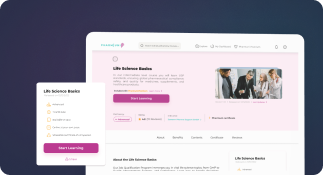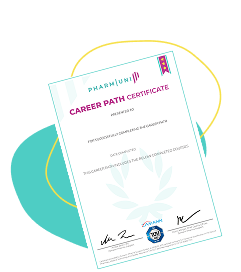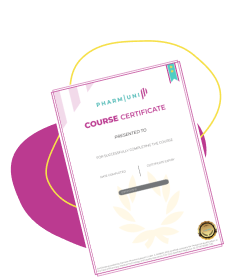Pharmacovigilance System (PV System)
Definition
A Pharmacovigilance System (PV System) is a structured set of processes, tools, and procedures used by pharmaceutical companies and regulatory authorities to monitor, assess, and manage the safety of medicinal products. It ensures that any adverse drug reactions (ADRs) or other drug-related problems are identified, evaluated, and reported in compliance with regulatory requirements.
PV systems are essential components of a company’s quality management framework and are required by global regulatory agencies such as the European Medicines Agency (EMA), U.S. Food and Drug Administration (FDA), and others to protect public health.
Detailed Explanation
Purpose and Importance of a Pharmacovigilance System
The primary purpose of a pharmacovigilance system is to detect, assess, understand, and prevent adverse effects or any other drug-related problems. PV systems play a critical role in ensuring drug safety throughout the lifecycle of a product—from clinical trials to post-marketing surveillance.
Regulatory authorities mandate that marketing authorization holders (MAHs) maintain an effective pharmacovigilance system to fulfill their legal obligations. A properly functioning PV system helps:
- Collect and manage Individual Case Safety Reports (ICSRs)
- Submit safety data to regulatory bodies (e.g., EudraVigilance in the EU)
- Conduct signal detection and risk-benefit analysis
- Ensure timely submission of Periodic Safety Update Reports (PSURs)
- Maintain a Pharmacovigilance System Master File (PSMF)
Key Components of a Pharmacovigilance System
A comprehensive PV system includes multiple components and tools, such as:
- Safety Database: A validated system for recording, processing, and analyzing safety data (e.g., Oracle Argus, ArisGlobal, Veeva Vault Safety)
- Standard Operating Procedures (SOPs): Documentation outlining processes for safety data collection, evaluation, and reporting
- Qualified Person Responsible for Pharmacovigilance (QPPV): A designated individual responsible for the overall PV system in the EU
- Pharmacovigilance System Master File (PSMF): A detailed document describing the PV system, required under EU GVP Module II
- Training Programs: Continuous education for staff involved in pharmacovigilance activities
PV System Setup and Regulatory Compliance
Setting up a PV system involves the integration of people, processes, and technology. Key steps in PV system setup include:
- Establishing governance and quality oversight
- Implementing a validated safety database
- Designing workflows for case processing and signal detection
- Creating SOPs aligned with Good Pharmacovigilance Practices (GVP)
- Registering with regulatory systems such as EudraVigilance for electronic reporting
In the European Union, EudraVigilance is the central database for managing and analyzing information on suspected adverse reactions to medicines. All MAHs must register and submit ICSRs to EudraVigilance in accordance with GVP Module VI.
Examples of PV System Use
Pharmacovigilance systems are used in various contexts, including:
- Clinical Trials: Monitoring and reporting of serious adverse events (SAEs)
- Post-Marketing Surveillance: Collecting ICSRs from healthcare professionals and patients
- Signal Management: Identifying trends and potential safety concerns from aggregated data
- Regulatory Reporting: Submitting PSURs, Risk Management Plans (RMPs), and Development Safety Update Reports (DSURs)
For example, a pharmaceutical company launching a new drug in the EU must ensure that its PV system is registered with EudraVigilance, has a designated QPPV, and maintains an up-to-date PSMF. Failure to comply can result in regulatory inspections, penalties, or withdrawal of marketing authorization.
Related Topics and Tools
- Good Pharmacovigilance Practices (GVP)
- Risk Management Systems
- Signal Detection Tools (e.g., Empirica Signal)
- ICH Guidelines (e.g., ICH E2E for Pharmacovigilance Planning)



